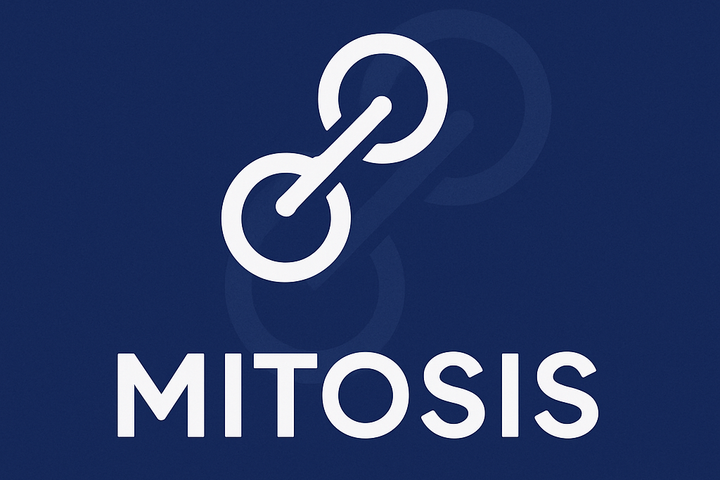Restaking vs Slashing: The New Security Tradeoffs in Liquid Networks

Introduction
In the rapidly evolving landscape of blockchain technology, the concepts of restaking and slashing have emerged as critical components in the security and operational frameworks of liquid networks. As decentralized finance (DeFi) continues to grow, the need for innovative security mechanisms becomes paramount. This article delves into the intricacies of restaking and slashing, exploring their implications for security, risk management, and the decentralization of trust in liquid networks.
1. Understanding Liquid Networks
Liquid networks are blockchain ecosystems that allow for the seamless transfer of assets and information across different protocols. They enable users to leverage their assets in multiple ways, enhancing liquidity and capital efficiency. However, this flexibility comes with its own set of challenges, particularly concerning security and trust.
1.1 The Role of Staking in Liquid Networks
Staking is a fundamental mechanism in many blockchain networks, particularly those utilizing proof-of-stake (PoS) consensus algorithms. In staking, participants lock up a certain amount of cryptocurrency to support network operations, such as validating transactions and securing the network. In return, they earn rewards, typically in the form of additional tokens.
Benefits of Staking
- Security: Staking enhances network security by aligning the interests of participants with the health of the network. Validators are incentivized to act honestly to avoid losing their staked assets.
- Decentralization: By allowing more participants to engage in network operations, staking can promote decentralization, reducing the risk of central points of failure.
- Capital Efficiency: Staking allows users to earn passive income on their assets while still retaining ownership.
1.2 The Concept of Restaking
Restaking refers to the practice of using staked assets across multiple protocols or networks. This allows users to maximize the utility of their staked assets, effectively compounding their rewards. However, restaking introduces new security trade-offs that must be carefully considered.
1.3 Advantages of Restaking
- Increased Yield: By restaking assets across different protocols, users can potentially earn higher returns on their investments.
- Enhanced Liquidity: Restaking can improve liquidity in the ecosystem, as assets are not locked into a single protocol.
- Diversification: Users can spread their risk across multiple networks, reducing the impact of a failure in any single protocol.
1.4 Risks of Restaking
- Compounding Risk: As capital is reused across protocols, the risk of systemic failure increases. A vulnerability in one protocol can have cascading effects on others.
- Complexity: The more protocols involved, the more complex the risk landscape becomes. Users must navigate various security models and governance structures.
- Trust Issues: Restaking can lead to a dilution of trust, as users must rely on multiple protocols to maintain the security of their assets.
2. The Mechanism of Slashing
Slashing is a punitive mechanism used in proof-of-stake networks to deter malicious behavior by validators. When a validator acts dishonestly or fails to fulfill their responsibilities, a portion of their staked assets is forfeited or "slashed." This mechanism is designed to maintain the integrity of the network and incentivize honest participation.
2.1 Types of Slashing
- Double Signing: Occurs when a validator signs two conflicting blocks, indicating malicious intent.
- Inactivity: Validators who fail to participate in the network's operations may also face slashing penalties.
- Misbehavior: Any action that undermines the network's security can lead to slashing.
2.2 Implications of Slashing
- Security Assurance: Slashing serves as a deterrent against malicious behavior, ensuring that validators have a vested interest in maintaining network integrity.
- Risk of Loss: Validators must be aware of the risks associated with slashing, as it can lead to significant financial losses.
- Impact on Decentralization: High slashing penalties may discourage smaller validators from participating, potentially leading to centralization.
3. The Trade-offs Between Restaking and Slashing
As liquid networks evolve, the interplay between restaking and slashing becomes increasingly complex. Users must weigh the benefits of maximizing capital efficiency through restaking against the risks of slashing and systemic failure.
Compounding Risk vs. Decentralizing Trust
The question arises: are we compounding risk or decentralizing trust as capital reuses itself across protocols?
- Compounding Risk: The interconnectedness of protocols can lead to a situation where a failure in one network triggers a domino effect across others. This systemic risk is exacerbated by restaking, as users may not fully understand the implications of their actions across multiple platforms.
- Decentralizing Trust: On the other hand, restaking can promote decentralization by allowing more participants to engage in network operations. By spreading assets across various protocols, users can reduce their reliance on any single entity, potentially enhancing the overall resilience of the ecosystem.
Case Studies
To illustrate the trade-offs between restaking and slashing, we can examine several case studies of liquid networks that have implemented these mechanisms.
Case Study 1: Ethereum 2.0
Ethereum 2.0 is transitioning from a proof-of-work (PoW) to a proof-of-stake (PoS) consensus mechanism. In this new model, users can stake their ETH to become validators. The introduction of slashing penalties aims to deter malicious behavior, but the potential for restaking across various DeFi protocols raises questions about systemic risk.
Case Study 2: Cosmos Network
The Cosmos Network utilizes a unique architecture that allows for interoperability between different blockchains. Validators can stake their assets in one chain while participating in governance and operations across others. This model exemplifies the benefits of restaking but also highlights the risks associated with interconnected protocols.
Case Study 3: Polkadot
Polkadot employs a shared security model where multiple blockchains (parachains) can leverage the security of the main relay chain. Validators can stake their DOT tokens to secure the network, but the potential for slashing penalties introduces a layer of risk that must be managed carefully.
4. Strategies for Mitigating Risks
As the landscape of liquid networks continues to evolve, users and developers must adopt strategies to mitigate the risks associated with restaking and slashing.
1. Education and Awareness
Users must be educated about the risks and rewards of restaking and slashing. Understanding the mechanics of each protocol and the potential implications of their actions is crucial for informed decision-making.
2. Diversification
Spreading assets across multiple protocols can help mitigate the risks associated with systemic failure. By diversifying their investments, users can reduce their exposure to any single point of failure.
3. Robust Governance Mechanisms
Protocols should implement robust governance structures that allow for community participation in decision-making. This can help ensure that the interests of all stakeholders are considered and that the network remains resilient to potential threats.
4. Continuous Monitoring
Regular monitoring of network performance and security is essential. Users should stay informed about any vulnerabilities or changes in the protocols they are involved with to make timely adjustments to their strategies.
Conclusion
The emergence of restaking and slashing in liquid networks presents both opportunities and challenges. As capital reuses itself across protocols, the potential for compounding risk must be carefully balanced against the benefits of decentralizing trust. By understanding the intricacies of these mechanisms and adopting strategies to mitigate risks, users can navigate the evolving landscape of blockchain technology with greater confidence.



Comments ()